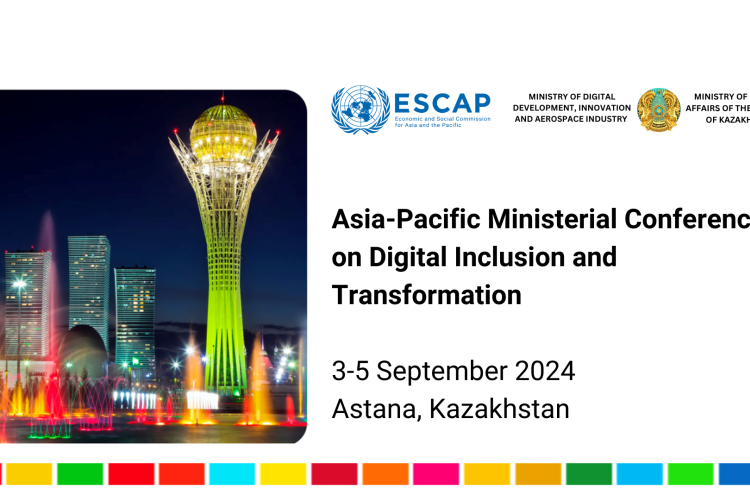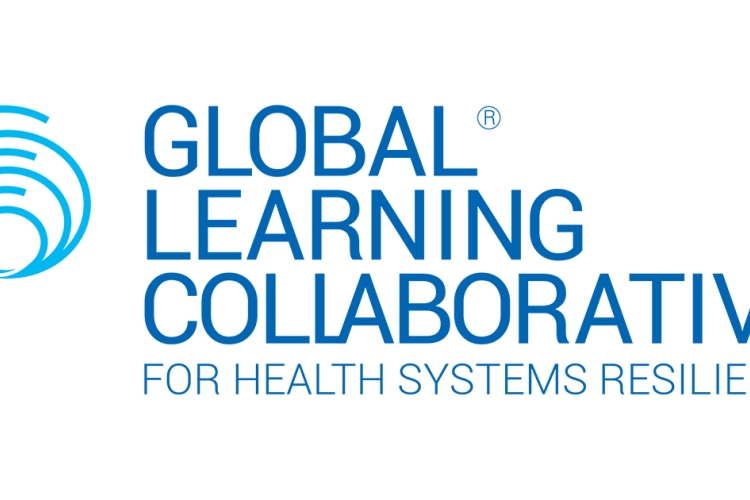Guides on integrating gender into infrastructure development in Asia and the Pacific
Infrastructure underpins core economic activity and is an essential foundation for achieving inclusive and sustainable economic and social growth as it enhances access to services, education and work opportunities. Yet the world in which we live is fundamentally unequal. It is designed, built and maintained without considering the needs of all members of our society, including the most vulnerable. Gender-blind infrastructure often empowers men but impedes women and girls’ ability to contribute equally in society.
Asia and the Pacific is one of the world’s most rapidly growing regions in terms of economic growth and population, requiring efficient, well-built and well-maintained infrastructure. According to the Asian Development Bank (ADB), developing countries in Asia and the Pacific need to invest $26 trillion in infrastructure between 2016 and 2030 in order to maintain the region’s growth, eradicate poverty, and respond to climate change. These investments include infrastructure subsectors such as transport, power, telecommunications, and water supply and sanitation infrastructure, and they provide a tremendous opportunity for including gender equality and social inclusion components. In turn, returns on these investments will continue to drive the region forward in terms of economic and social development. In fact, in Asia-Pacific countries, $4.5 trillion could be added to the collective annual GDP in 2025 by advancing women’s equality, which corresponds to a 12 per cent increase in regional GDP. However, these returns can only be reaped if gender is successfully mainstreamed throughout all infrastructure project phases.
Gender-responsive and socially-inclusive infrastructure can play a role in multiple dimensions of empowerment. For example, more efficient and affordable public transportation options or the availability of non-motorized transport (NMT) or intermediate means of transport (IMT) – women can spend less time on family obligations or errands(shopping at markets, visiting health centres, etc.), which may open up time for applying for jobs at farther locations or for starting their own businesses. Thus, Development practitioners need to mainstream gender throughout sustainable project management activities to ensure tangible and sustainable results.
In this background, the Asia Pacific Information Superhighway (AP-IS, https://www.unescap.org/our-work/ict-disaster-risk-reduction/asia-pacific-information-superhighway) initiative is contributing to increase the availability and affordability of broadband Internet for the ESCAP member countries in Asia and the Pacific.
For the full article, please visit: http://asiapacific.unwomen.org/en/digital-library/publications/2019/03/guides-on-integrating-gender-into-infrastructure-development






